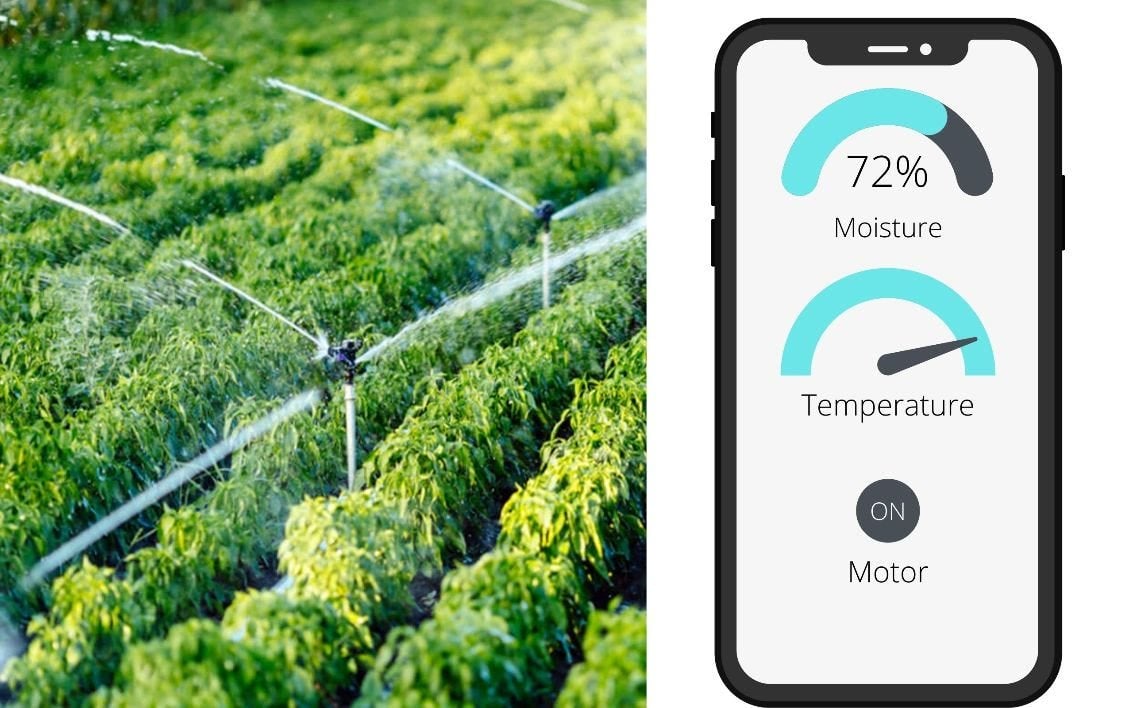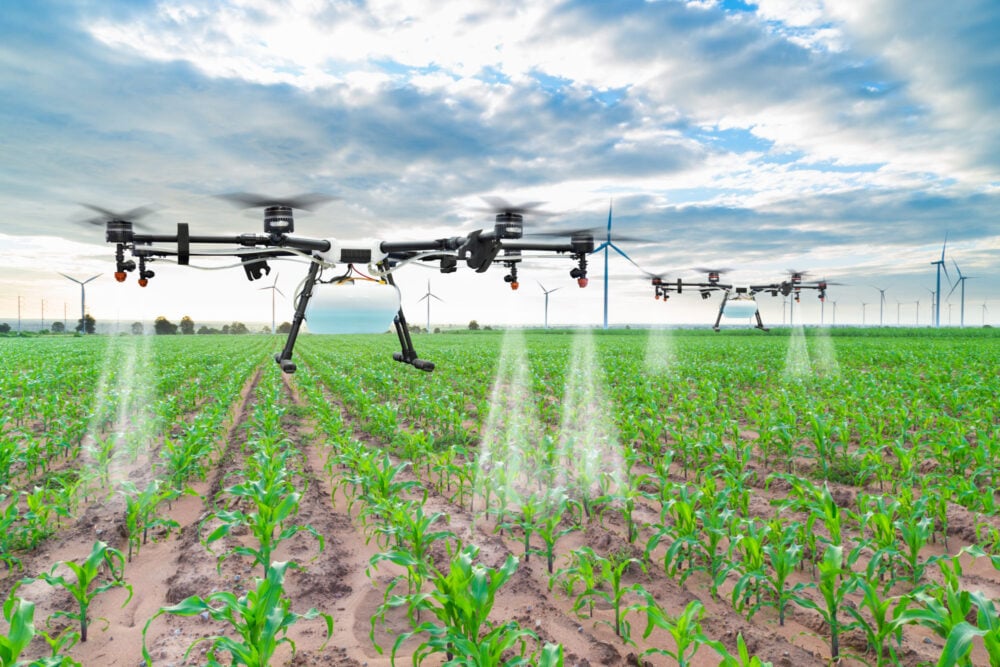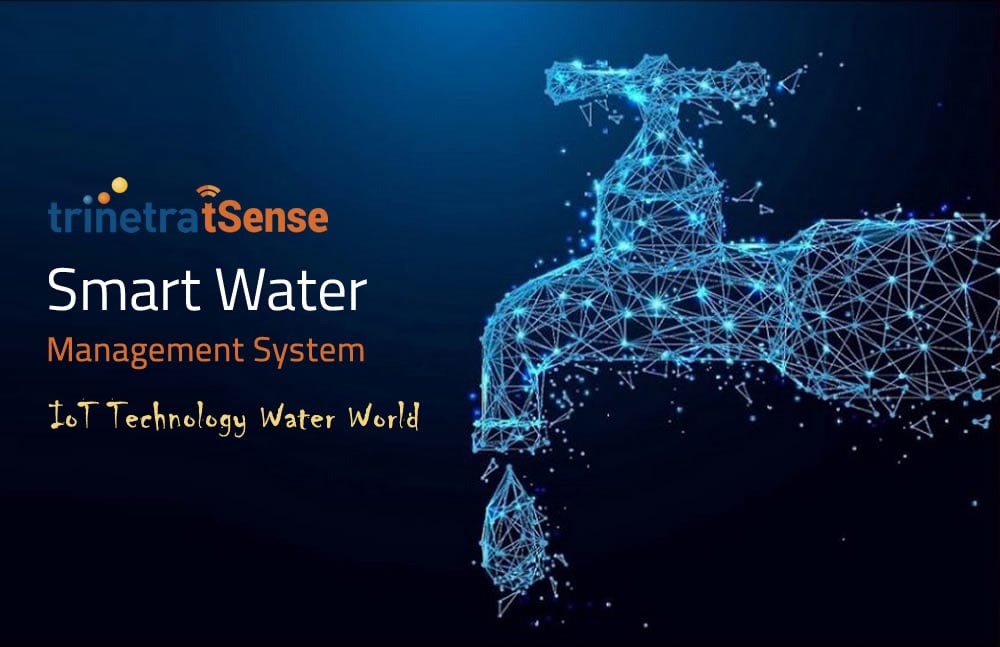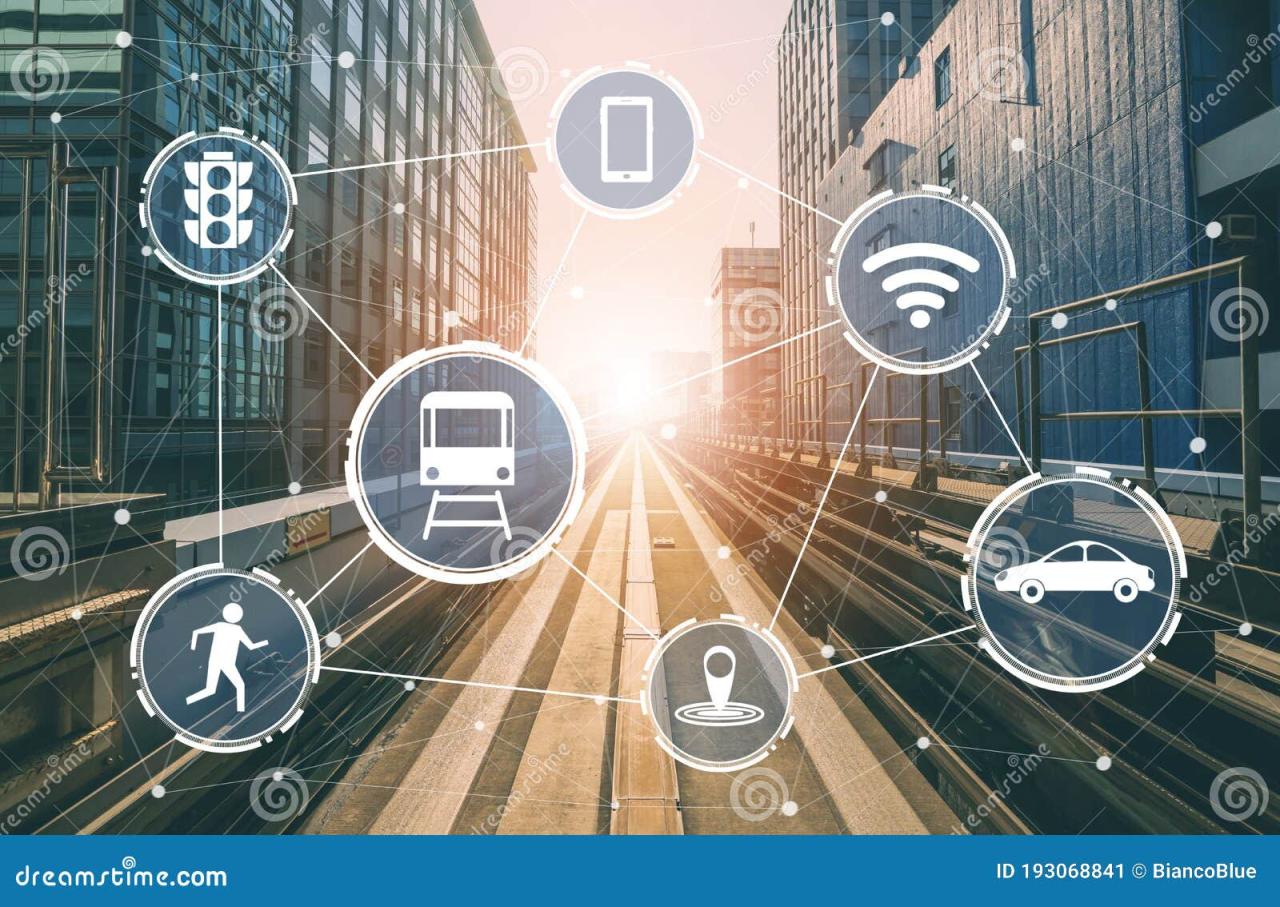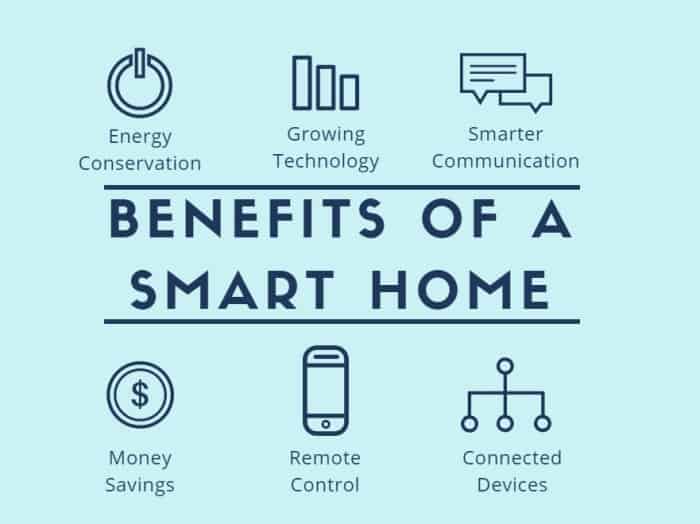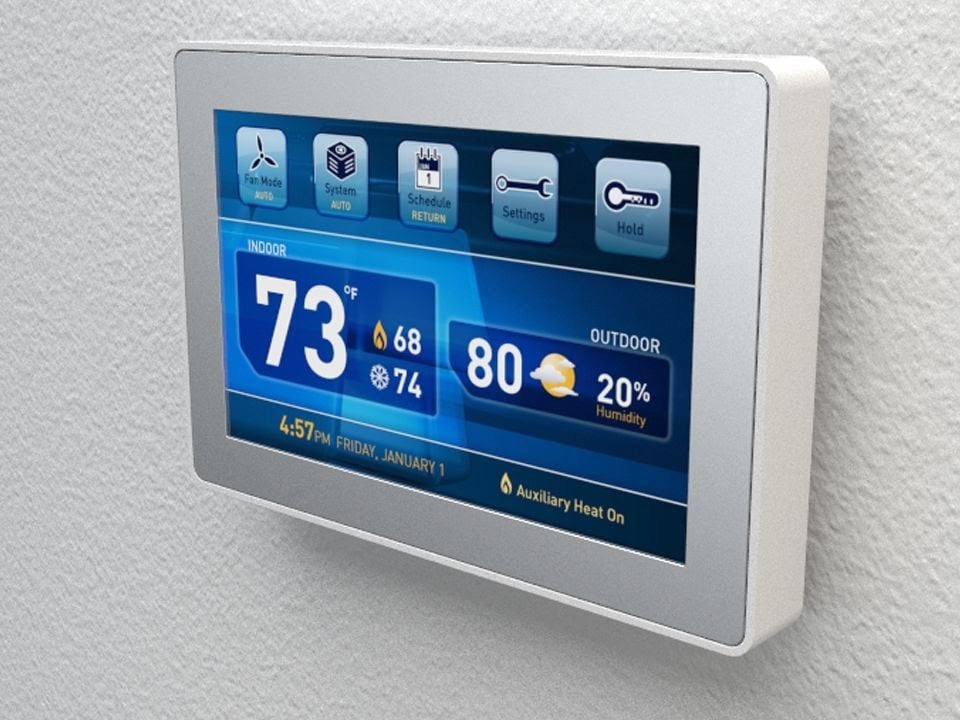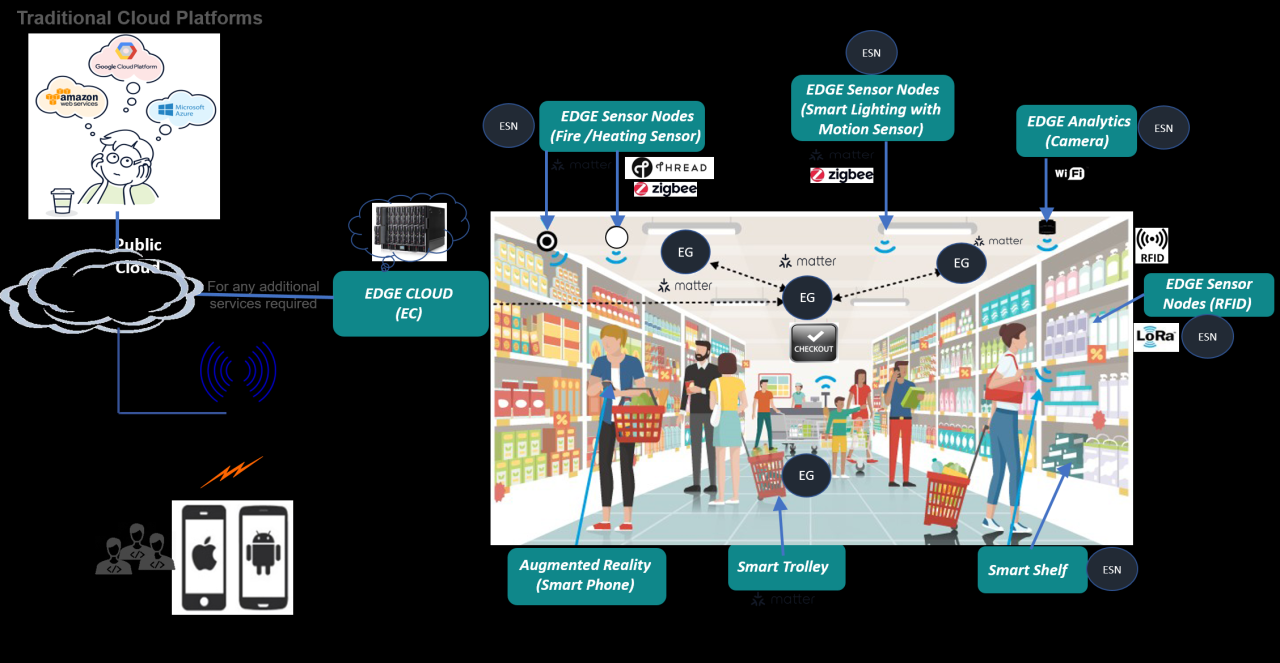Delving into developments in smart agriculture, this introduction immerses readers in a unique and compelling narrative that showcases how technology is shaping the future of farming. From IoT to AI applications, these innovations are revolutionizing traditional agricultural practices and paving the way for a more sustainable and efficient industry.
Overview of Smart Agriculture Developments: Developments In Smart Agriculture
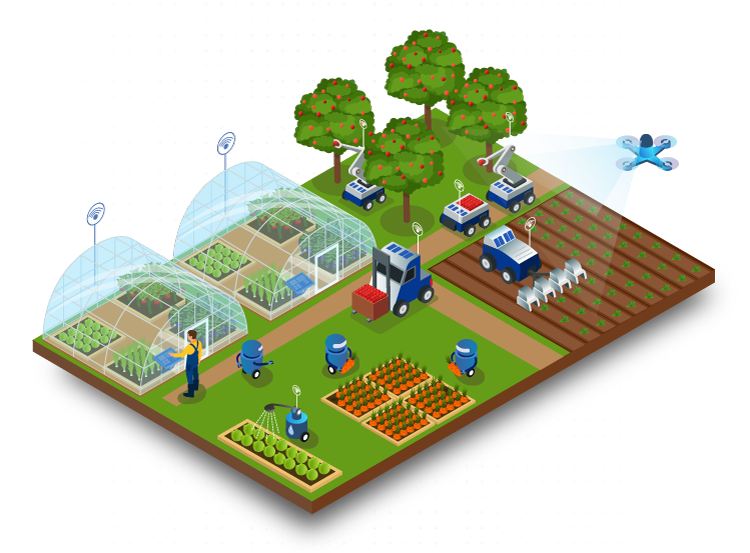
Smart agriculture, also known as precision agriculture, involves the use of technology to optimize farming practices. This concept is crucial in modern agriculture as it enables farmers to make data-driven decisions and improve productivity. By integrating various technologies, traditional farming methods are being transformed into smart agriculture, revolutionizing the industry.
Technologies in Smart Agriculture
- Internet of Things (IoT): IoT devices collect data from the field, such as soil moisture levels and weather conditions, to provide real-time insights to farmers.
- Artificial Intelligence (AI): AI algorithms analyze data to predict crop yields, detect diseases, and optimize resource usage.
- Drones: Drones equipped with sensors can monitor crop health, detect pests, and spray pesticides with precision, reducing the need for manual labor.
Benefits of Smart Agriculture
- Increased Efficiency: Smart agriculture solutions help farmers optimize resource usage, leading to higher yields and reduced costs.
- Sustainability: By monitoring crop conditions and applying inputs only when necessary, smart agriculture promotes sustainable farming practices and reduces environmental impact.
- Precision Farming: Precision agriculture techniques enable farmers to tailor their approach to each individual plant, maximizing productivity and minimizing waste.
Internet of Things (IoT) in Smart Agriculture
The integration of Internet of Things (IoT) in smart agriculture has revolutionized the way farmers monitor and manage their crops, soil, and livestock. By leveraging IoT devices, farmers can collect real-time data on various parameters crucial for agricultural activities.
Role of IoT Sensors in Agriculture
IoT sensors play a vital role in collecting data related to weather conditions, soil moisture levels, and crop health. These sensors are strategically placed throughout the farm to gather information that helps farmers make informed decisions. By analyzing the data received from IoT sensors, farmers can optimize their irrigation schedules, adjust fertilizer application, and detect early signs of plant diseases.
Impact of IoT on Decision-Making
The implementation of IoT in agriculture enhances decision-making processes for farmers by providing them with accurate and timely information. With the help of IoT data, farmers can identify trends, predict potential issues, and take proactive measures to improve productivity and maximize yields. This technology empowers farmers to make data-driven decisions that result in more efficient operations and sustainable practices.
Examples of Successful IoT Applications
– In the United States, the use of IoT devices in agriculture has enabled farmers to remotely monitor their crops and livestock, leading to increased efficiency and reduced costs.
– In Australia, IoT sensors are being utilized to track soil moisture levels and automate irrigation systems, resulting in water conservation and improved crop yields.
– In India, IoT technology is being used to monitor weather conditions and provide real-time alerts to farmers, helping them protect their crops from extreme weather events and mitigate losses.
Artificial Intelligence (AI) Applications in Agriculture
Artificial Intelligence (AI) is transforming the agriculture sector by introducing cutting-edge technologies like predictive analytics and machine learning. These AI-powered solutions are revolutionizing traditional farming practices and paving the way for more efficient and sustainable agriculture.
AI-Powered Solutions for Crop Monitoring
- AI algorithms are being used to analyze satellite imagery and drone data to monitor crop health and growth patterns.
- Predictive analytics help farmers detect early signs of nutrient deficiencies, pests, and diseases, allowing for timely intervention.
- Machine learning models can predict crop yields based on environmental factors, helping farmers make informed decisions about planting and harvesting.
AI-Powered Solutions for Disease Detection
- AI technologies enable the identification of plant diseases through image recognition and pattern analysis.
- By analyzing visual symptoms and leaf patterns, AI algorithms can diagnose diseases accurately and recommend appropriate treatment measures.
- This early detection helps prevent the spread of diseases and minimizes crop losses, ultimately increasing productivity and profitability.
AI-Powered Solutions for Yield Forecasting
- AI algorithms process historical data on weather conditions, soil quality, and crop performance to forecast yields with high accuracy.
- By predicting crop yields in advance, farmers can optimize resource allocation, plan harvest schedules, and negotiate better prices with buyers.
- This predictive capability empowers farmers to make data-driven decisions that maximize output and minimize risks in agricultural operations.
Integration of AI Algorithms in Farm Machinery, Developments in smart agriculture
- AI-powered sensors and actuators are integrated into farm machinery and equipment for autonomous operations, such as planting, irrigation, and harvesting.
- These smart machines can adjust their actions in real-time based on environmental data, optimizing resource utilization and reducing human intervention.
- By leveraging AI algorithms in farm automation, farmers can achieve higher efficiency, productivity, and sustainability in their operations.
Potential of AI to Optimize Resource Utilization
- AI technologies enable precision agriculture practices by providing real-time insights into soil moisture levels, nutrient requirements, and crop health.
- By implementing AI-driven solutions, farmers can minimize input wastage, reduce environmental impact, and enhance overall crop yields.
- The optimization of resource utilization through AI holds the key to sustainable farming practices that ensure food security and economic prosperity for agricultural communities.
Sustainable Practices in Smart Agriculture
In the realm of smart agriculture, sustainability is a key focus that drives the adoption of innovative farming techniques and technologies. By implementing sustainable practices, farmers can optimize resource usage, reduce environmental impact, and ensure long-term productivity.
Precision Farming:
Precision farming is a sustainable technique that leverages technology to enhance crop yield while minimizing inputs such as water, fertilizers, and pesticides. By utilizing data-driven insights from sensors, drones, and GPS technology, farmers can make informed decisions about planting, irrigation, and pest control, leading to more efficient farming practices.
Vertical Farming:
Vertical farming is another sustainable practice gaining popularity in smart agriculture. This method involves growing crops in vertically stacked layers, often in controlled indoor environments. By maximizing space and using techniques like hydroponics and LED lighting, vertical farming reduces water usage, eliminates the need for pesticides, and enables year-round crop production.
Role of Renewable Energy:
Renewable energy sources like solar power play a crucial role in powering smart agriculture systems. By harnessing solar energy to run sensors, drones, and irrigation systems, farmers can reduce reliance on fossil fuels and lower their carbon footprint. The integration of renewable energy promotes sustainability by providing a clean and reliable power source for agricultural operations.
Water Conservation and Environmental Impact:
Smart agriculture contributes to reducing water usage through technologies like drip irrigation, soil moisture sensors, and weather forecasting systems. By optimizing irrigation schedules and monitoring soil conditions in real-time, farmers can minimize water wastage and ensure efficient use of this precious resource. Additionally, smart agriculture practices help minimize environmental impact by reducing chemical runoff, soil erosion, and greenhouse gas emissions.
Eco-Friendly Practices and Technologies:
Various eco-friendly practices and technologies promote sustainability in agriculture. These include cover cropping to enhance soil health, integrated pest management to reduce pesticide usage, and crop rotation to prevent soil depletion. Additionally, the use of biodegradable mulches, organic fertilizers, and composting helps maintain a healthy ecosystem and preserve natural resources for future generations.
By embracing sustainable practices in smart agriculture, farmers can achieve a balance between productivity and environmental stewardship, ensuring the long-term viability of agricultural operations.
Quick FAQs
How does smart agriculture contribute to increased efficiency?
Smart agriculture utilizes technologies like IoT and AI to optimize resource utilization, automate processes, and make data-driven decisions, leading to improved efficiency.
What are some examples of sustainable practices in smart agriculture?
Examples include precision farming, vertical farming, and the use of renewable energy sources like solar power to reduce environmental impact and promote sustainability.

